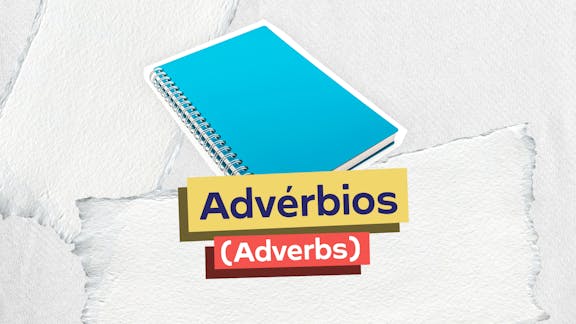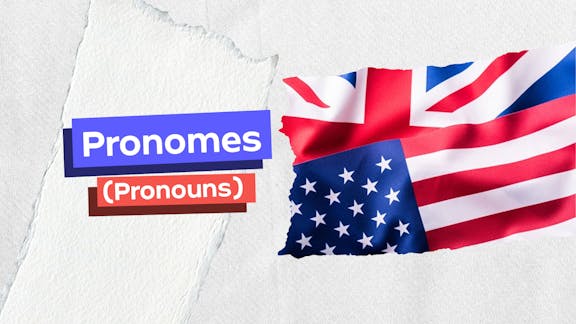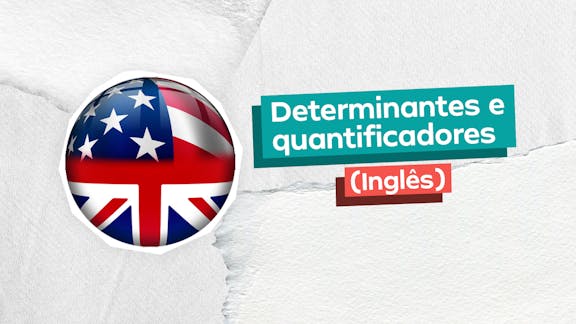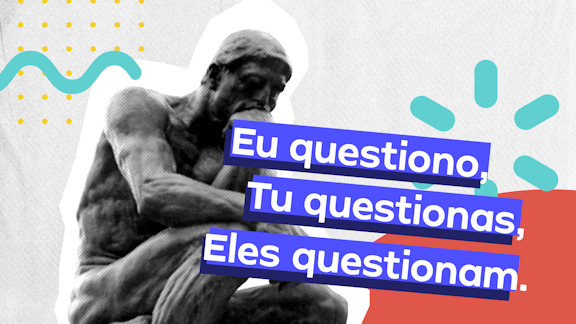The phrasal verbs make up, fork over,
lure (someone) in, miss out and set up,all
boldfaced in the text, mean, respectively:
4 Types of Deceptive Advertising
By Apryl Duncan
Deceptive advertising is officially defined
by the Federal Trade Commission (FTC) as
“practices that have been found misleading
or deceptive. Specific cases include false oral
or written representations, misleading price
claims, sales of hazardous or systematically
defective products or services without
adequate disclosures, failure to disclose
information regarding pyramid sales, use of
bait and switch techniques, failure to perform
promised services, and failure to meet
warranty obligations.

However, it’s important to note that
deceptive advertising does not represent the
entire industry, and makes up a very small
percentage of the ads you will encounter
every day. But there are always people out
there looking to dupe consumers and make
money in any way that they can. Here are
some examples of deceptive and unethical
advertising practices and scams that you
need to look out for.
Hidden Fees
In this example, the advertising is not
fully disclosing the true cost of the item.
You may see an ad for a computer or tablet
that says “Only $99!” and you can’t wait
to go into the store and buy it or order it
online. However, suddenly you are hit with
a whole bunch of charges that you were
not expecting. In some cases, shipping fees
will be extortionate, often costing more than
the product itself. Or, you may have to pay
handling fees that are excessive.
Often, hidden fees can be spotted by the
asterisk (*) that accompanies the incredible
deal. Guaranteed, there will be a big difference between “Only $99!” and “Only
$99!*” That asterisk basically says “hey, this
is not the final price, you will have to jump
through major hoops or fork over a lot more
cash.” So, if you see an asterisk, read the small
print carefully. Whether it’s a small item, a car,
or even a home, hidden fees are a deceptive
way of luring you in. By the time you realize
there’s more to pay, it can be too late.
Bait and Switch
In short, bait and switch is when the
advertisement entices you with a product,
but makes a significant switch when you go
to purchase it.
For instance, suddenly the laptop
you wanted is not in stock, but there is a
different one that is lower spec and costs
twice as much. Chances are that the
original laptop was never in stock, or at
least, not for the price advertised.
Another example would be advertising
a car at the base price, but with all of the
top-of-the-line features included in the ad.
When you get to the dealership, you have
to pay much more to get the car actually
shown in the ad. Sometimes, an offer can
feel like bait and switch but it’s not. If you
want that laptop and it is sold out, but you
are offered a similar laptop with a very
similar spec, at an almost identical price,
that’s perfectly fine. You just missed out
on the original deal.
Misleading Claims
Misleading claims use tricky language
to make the consumer believe they are
getting one thing when they are in fact
getting less (or paying more). A British TV
show called The Real Hustle had a great
example of this in action. The presenters,
who know the ins and outs of so many
con games, set up stalls to sell seemingly
awesome products at cheap prices.
At no time do the hustlers break the
law by making claims that are untrue,
but the verbiage leads people to believe
they are buying something way better
than they’re actually getting. One of the
cruelest was advertising a DIY model
plane for a price that seemed like a steal.
Things like “easy to assemble” and “it
really flies” were on the box. But inside...
it was just a blank sheet of paper, with a
set of instructions on how to make a paper
plane. Did they break the law? No. Did they
deceive? Yes.
Ambiguous or “Best Case Scenario”
Photography
Another way of cheating people is
to take photographs of the product being
sold, but in a way that makes them seem
way better than they are. Shady hotels have
often used this technique to make the rooms
look bigger, by setting up the camera in the
corner of the room and using a fisheye lens.
Food photography can suffer from the
“best case scenario” photography. If you
have ever ordered a burger from a fast
food place, you will know this well. The
burger on the menu is perfect. It’s thick,
juicy, 4 inches high, and looks incredible.
But the burger you receive, while it
may have the same ingredients, is a sad
interpretation of that image. The bun is flat,
the burger is a mess, ketchup and mustard
are pouring out of the sides.
This is something we accept as
consumers because we know the burger
in the photograph was assembled by
expert designers and food artists, over
the course of many hours, whereas the
poor kitchen hand has to throw your
burger together in a few seconds to meet
your time demands. But, don’t take that
to mean you can never complain about
this kind of photography. If you buy
something that is clearly of poorer quality
than the item shown in the picture, you
can demand a refund.
(Adapted from
www.thebalancecareers.com,
February 02, 2019)
4 Types of Deceptive Advertising
By Apryl Duncan
Deceptive advertising is officially defined by the Federal Trade Commission (FTC) as “practices that have been found misleading or deceptive. Specific cases include false oral or written representations, misleading price claims, sales of hazardous or systematically defective products or services without adequate disclosures, failure to disclose information regarding pyramid sales, use of bait and switch techniques, failure to perform promised services, and failure to meet warranty obligations.

However, it’s important to note that deceptive advertising does not represent the entire industry, and makes up a very small percentage of the ads you will encounter every day. But there are always people out there looking to dupe consumers and make money in any way that they can. Here are some examples of deceptive and unethical advertising practices and scams that you need to look out for.
Hidden Fees
In this example, the advertising is not fully disclosing the true cost of the item. You may see an ad for a computer or tablet that says “Only $99!” and you can’t wait to go into the store and buy it or order it online. However, suddenly you are hit with a whole bunch of charges that you were not expecting. In some cases, shipping fees will be extortionate, often costing more than the product itself. Or, you may have to pay handling fees that are excessive.
Often, hidden fees can be spotted by the asterisk (*) that accompanies the incredible deal. Guaranteed, there will be a big difference between “Only $99!” and “Only $99!*” That asterisk basically says “hey, this is not the final price, you will have to jump through major hoops or fork over a lot more cash.” So, if you see an asterisk, read the small print carefully. Whether it’s a small item, a car, or even a home, hidden fees are a deceptive way of luring you in. By the time you realize there’s more to pay, it can be too late.
Bait and Switch
In short, bait and switch is when the advertisement entices you with a product, but makes a significant switch when you go to purchase it.
For instance, suddenly the laptop
you wanted is not in stock, but there is a
different one that is lower spec and costs
twice as much. Chances are that the
original laptop was never in stock, or at
least, not for the price advertised.
Another example would be advertising a car at the base price, but with all of the top-of-the-line features included in the ad. When you get to the dealership, you have to pay much more to get the car actually shown in the ad. Sometimes, an offer can feel like bait and switch but it’s not. If you want that laptop and it is sold out, but you are offered a similar laptop with a very similar spec, at an almost identical price, that’s perfectly fine. You just missed out on the original deal.
Misleading Claims
Misleading claims use tricky language to make the consumer believe they are getting one thing when they are in fact getting less (or paying more). A British TV show called The Real Hustle had a great example of this in action. The presenters, who know the ins and outs of so many con games, set up stalls to sell seemingly awesome products at cheap prices.
At no time do the hustlers break the law by making claims that are untrue, but the verbiage leads people to believe they are buying something way better than they’re actually getting. One of the cruelest was advertising a DIY model plane for a price that seemed like a steal. Things like “easy to assemble” and “it really flies” were on the box. But inside...
it was just a blank sheet of paper, with a set of instructions on how to make a paper plane. Did they break the law? No. Did they deceive? Yes.
Ambiguous or “Best Case Scenario” Photography
Another way of cheating people is to take photographs of the product being sold, but in a way that makes them seem way better than they are. Shady hotels have often used this technique to make the rooms look bigger, by setting up the camera in the corner of the room and using a fisheye lens.
Food photography can suffer from the “best case scenario” photography. If you have ever ordered a burger from a fast food place, you will know this well. The burger on the menu is perfect. It’s thick, juicy, 4 inches high, and looks incredible. But the burger you receive, while it may have the same ingredients, is a sad interpretation of that image. The bun is flat, the burger is a mess, ketchup and mustard are pouring out of the sides.
This is something we accept as consumers because we know the burger in the photograph was assembled by expert designers and food artists, over the course of many hours, whereas the poor kitchen hand has to throw your burger together in a few seconds to meet your time demands. But, don’t take that to mean you can never complain about this kind of photography. If you buy something that is clearly of poorer quality than the item shown in the picture, you can demand a refund.
(Adapted from www.thebalancecareers.com, February 02, 2019)






